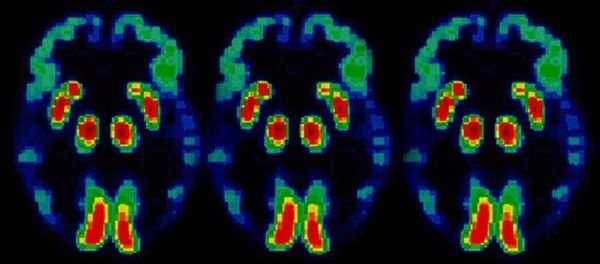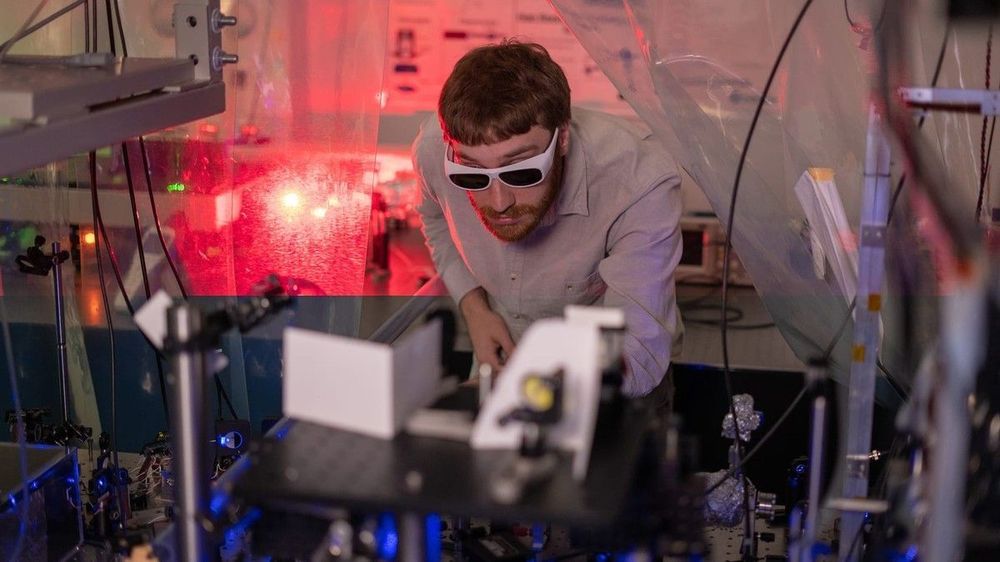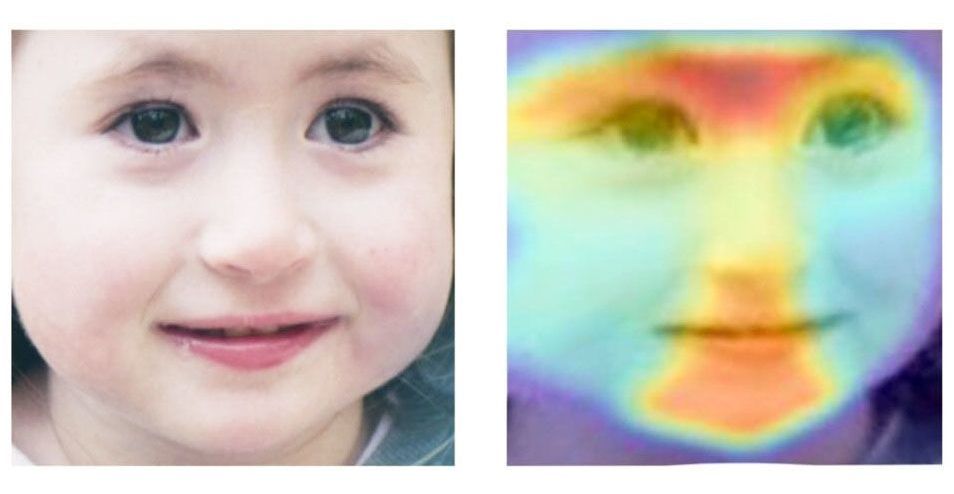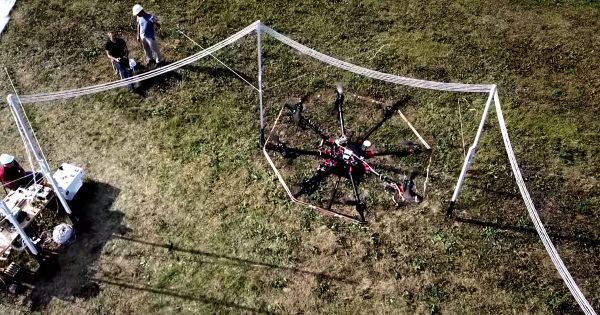
Intracranial hemorrhage can be a devastating complication associated with needle biopsies of the brain. Hemorrhage can occur to vessels located adjacent to the biopsy needle as tissue is aspirated into the needle and removed. No intraoperative technology exists to reliably identify blood vessels that are at risk of damage. To address this problem, we developed an “imaging needle” that can visualize nearby blood vessels in real time. The imaging needle contains a miniaturized optical coherence tomography probe that allows differentiation of blood flow and tissue. In 11 patients, we were able to intraoperatively detect blood vessels (diameter, 500 μm) with a sensitivity of 91.2% and a specificity of 97.7%. This is the first reported use of an optical coherence tomography needle probe in human brain in vivo. These results suggest that imaging needles may serve as a valuable tool in a range of neurosurgical needle interventions.
Stereotactic brain biopsies are a minimally invasive procedure used to obtain samples of intracranial tissue for diagnostic purposes, most commonly related to brain tumors. Approximately 80,000 new cases of primary brain tumor are diagnosed, and 14,000 brain biopsies are performed each year in the United States (1, 2). Hemorrhage is the most frequent and devastating complication associated with this procedure. Perioperative hemorrhage is associated with rates of transient and permanent morbidity of 1.7 to 8.5% and 1.4 to 4.8%, respectively, and mortality rates of 0.6 to 2.8% (3–7).
The standard clinical practice is to identify blood vessels at risk of injury on preoperative imaging, using either contrast-enhanced magnetic resonance imaging (MRI) or x-ray computed tomography. Frameless stereotactic navigation techniques, guided by preoperative imaging, are then used to direct the biopsy needle trajectory to sample the target lesion, while avoiding vasculature or eloquent brain tissue (8).
Read more


















